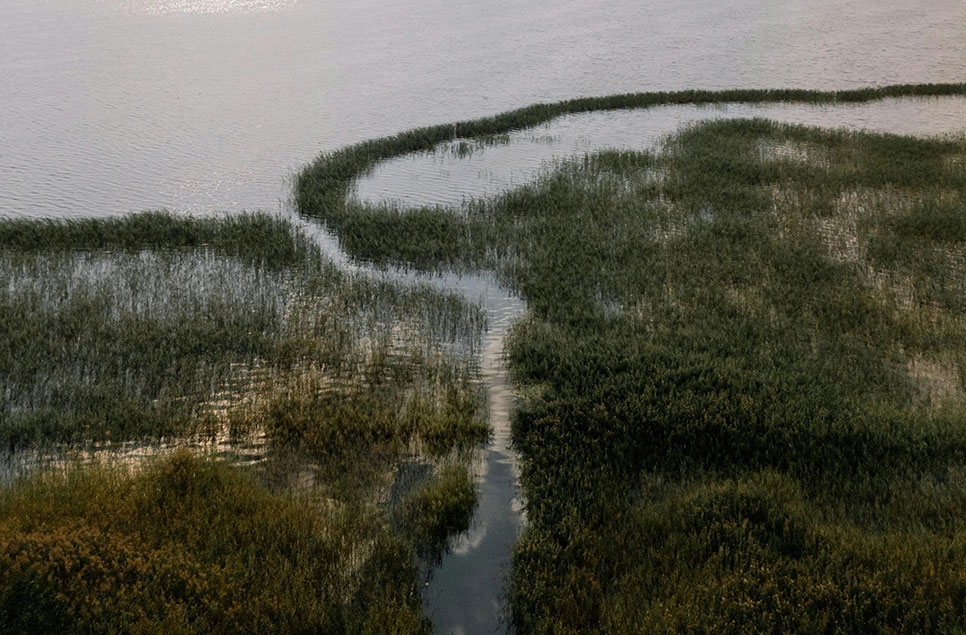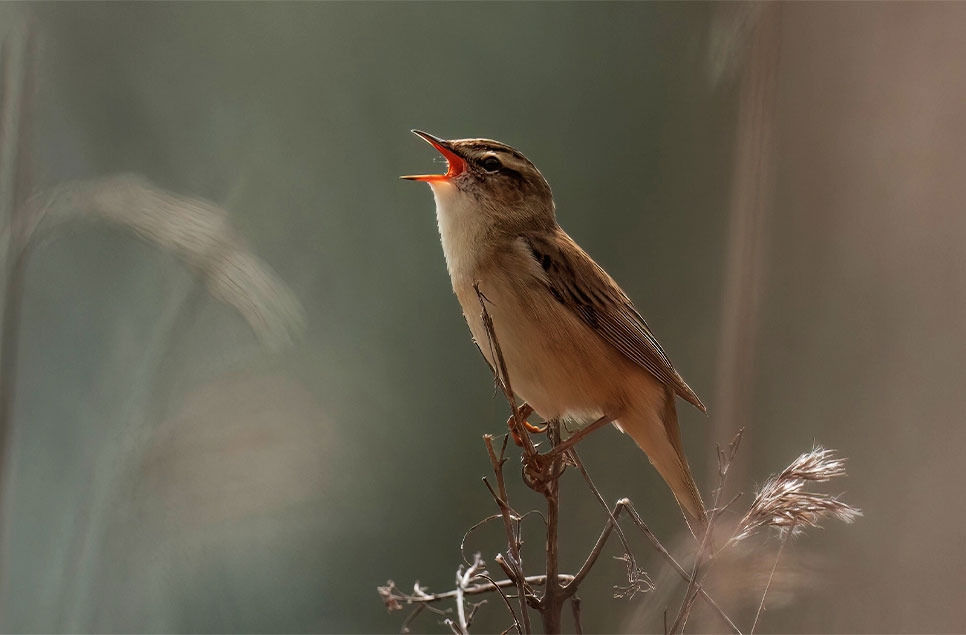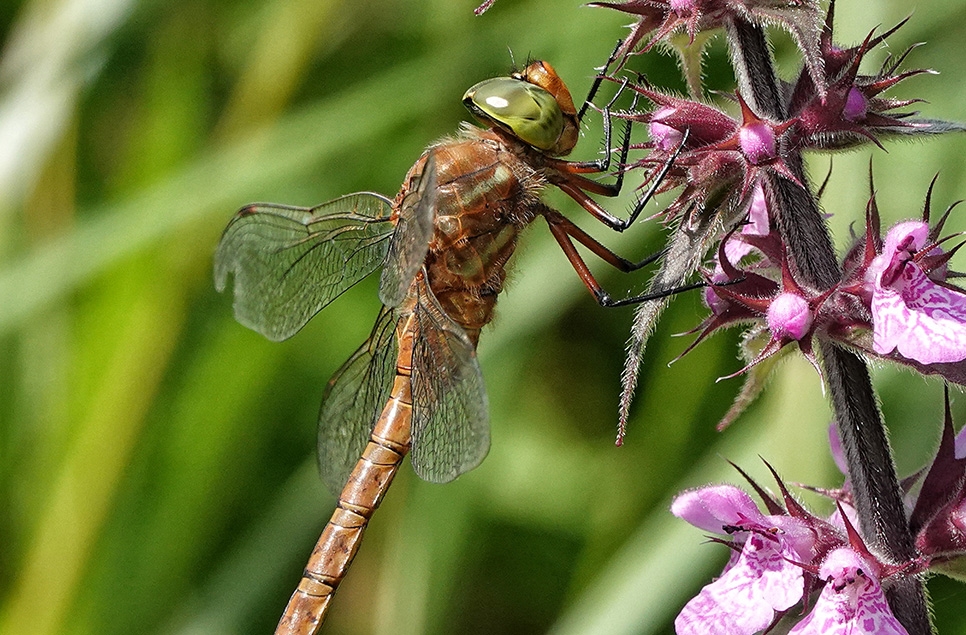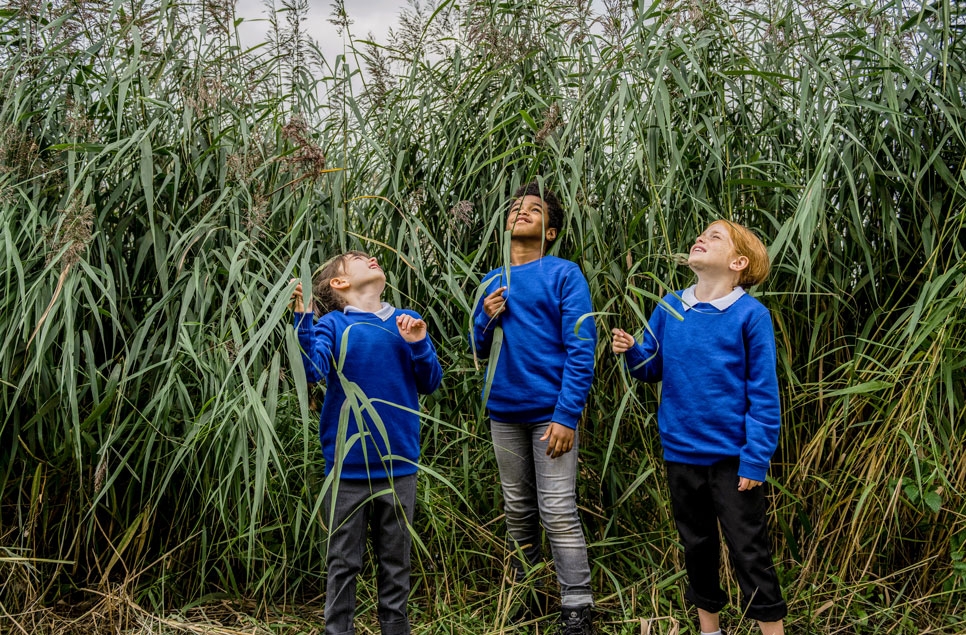Ducks in transit
The journey between Antsohihy and Lake Sofia – to take Madagascar pochards from the breeding centre to their new home – poses many challenges.

The journey between Antsohihy and Lake Sofia – to take Madagascar Pochards from the breeding centre to their new home – poses many challenges.
Only the first 10 of the 200km route matches the UK expectation of a road. The tarmac after that is riddled with potholes. As the route climbs 1000m to the highland plateau, it deteriorates further –steep drops off the side, then a gravel track with numerous detours into the adjacent paddy fields to circumnavigate collapsed bridges. The last 60km of ‘road’ – though it’s arguable if the word remains valid – is simply mud ruts. That last stretch is effectively closed to vehicles except for three months at the end of the dry season – September to November.
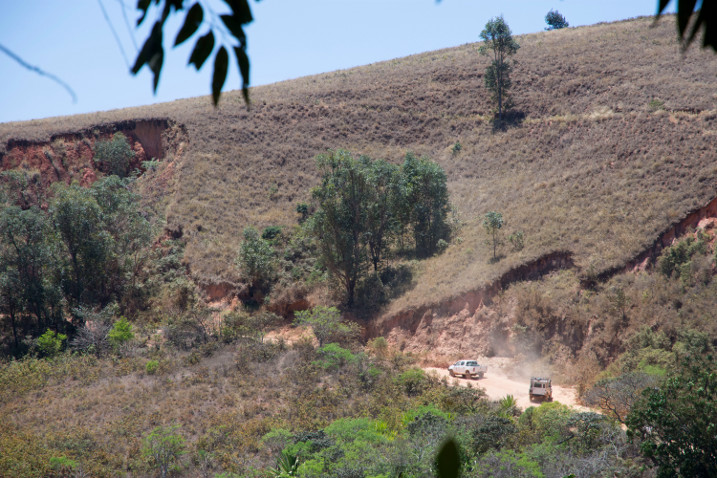
The team’s plans – preparation, breeding and rearing – all revolve around exploiting that window to take their precious cargo to the release site. The journey takes a minimum of 12 hours – an arduous, bumpy, hot, dusty (or muddy – you’re never quite sure) ordeal for people, let alone ducks. So we are moving day-old ducklings – they do little more than sleep for the first 24 hours after hatching, fluffy lumps conveniently packaged against injury – or have to wait until they are 8-9 weeks old, having effectively completed their development. Our experienced aviculturists and a vet will monitor their welfare throughout. Experienced off-roader drivers, familiar with the route and experts at navigating the obstacles, will make the journey as smooth as possible – though speed is of the essence for birds used to ponds rather than the confines of a car. Air conditioned 4WDs will keep them cool, with an extra vehicle in the convoy in case another breaks down or becomes stuck for too long.
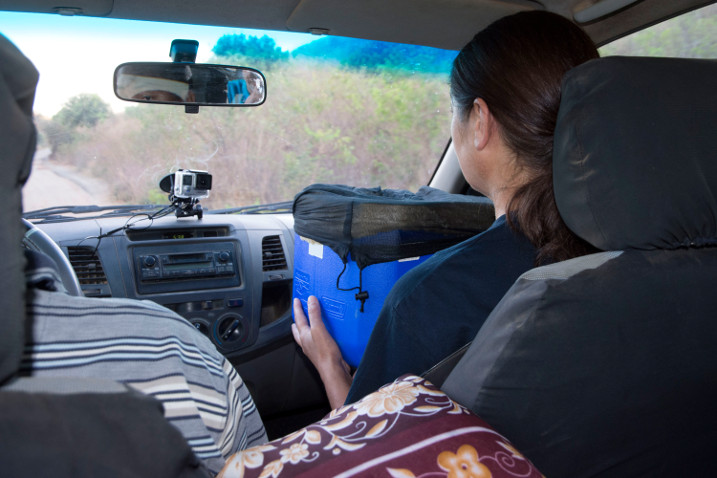
The vehicles are packed with contingencies – spades, winches, water, duck first aid kits, human first aid kits, food and water for all, different carrying containers for the birds and an industrial-sized box of ice packs to keep them cool should we have to abandon the cars altogether and continue on foot.
We will move two birds of ducklings and later two broods of fledglings, so we’ll undertake the whole ordeal four times over. Plenty of opportunity to discover just how many obstacles are possible …
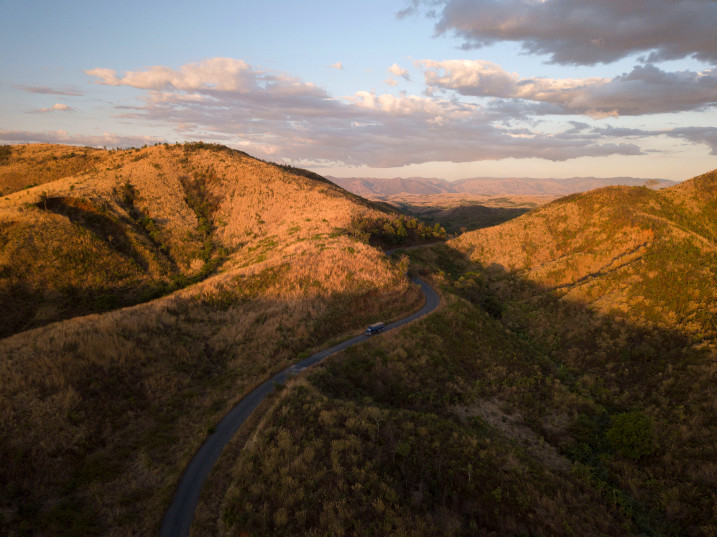
A team of UK, Jersey and Malagasy aviculturists will rear the ducklings in the purpose-built aviaries by the side of the lake, before they are joined by the fledglings. The birds will then be transferred to our novel ‘floating aviaries’ out on the lake. There they will spend around a week to acclimatise to their new surroundings, increasing the chances that, once the door is opened, they remain on their new home. Given the state of wetlands in Madagascar, if they leave in search of other lakes, their chances of survival are slim.
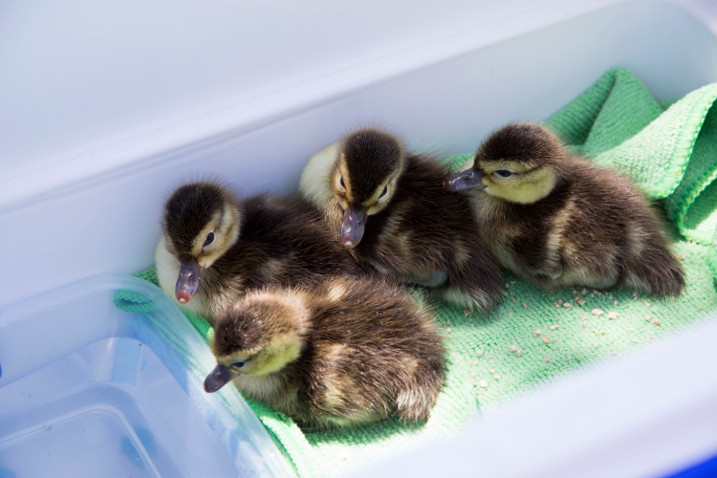
We had planned to release 32 birds onto lake in 2018. At the time of writing, we have 22. It’s all the more important, therefore, that we make these final steps of the release a success, so that as many remain on Lake Sofia in 2019, and to act as an ‘anchor’ for next year’s releases.
